I'm confusing about the CC of switch statement
If I have following code:
if (n >= 0) {
switch(n) {
case 0:
case 1:
printf("zero or one\n");
break;
case 2:
printf("two\n");
break;
case 3:
case 4:
printf("three or four\n");
break;
}
}
else {
printf ("negative\n");
}
what is the CC?
I found a post said that it's 5, with this diagram

(the edges are 17, not 16, I think it's a typo)
It says that we only need to count case 0 and case 1 as one
But I think the diagram should be:

Edges: 17,
Nodes: 13,
17 - 13 + 2P = 6
I count every cases as 1
My OOSE professor said it's 6, but in different way
He said:
init => 1
if => 1
switch => 1
case 0 1 => 1
case 2 => 1
case 3 4 => 1
so it should be 6
What's the correct answer?
I'm really confused, thanks.
edited:
Now I think it's 7. yes, 7
Because if n is more than 5, will just do nothing and exit the switch statement.
then we get this diagram:

now E = 18
18 - 13 + 2 = 7
am I correct..?
really, really, really confused...